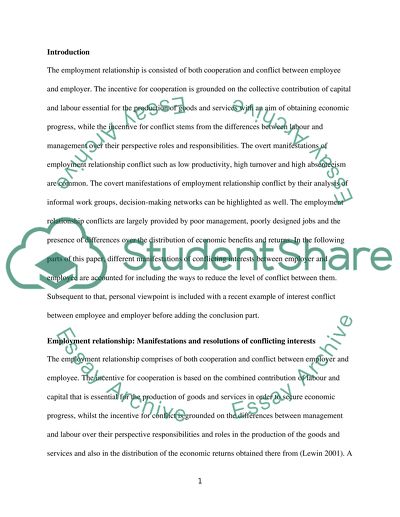Cite this document
(The Employment Relationship and the Expression of Conflicting Interest Literature review, n.d.)
The Employment Relationship and the Expression of Conflicting Interest Literature review. Retrieved from https://studentshare.org/human-resources/1443209-to-what-extent-is-the-employment-relationship
The Employment Relationship and the Expression of Conflicting Interest Literature review. Retrieved from https://studentshare.org/human-resources/1443209-to-what-extent-is-the-employment-relationship
(The Employment Relationship and the Expression of Conflicting Interest Literature Review)
The Employment Relationship and the Expression of Conflicting Interest Literature Review. https://studentshare.org/human-resources/1443209-to-what-extent-is-the-employment-relationship.
The Employment Relationship and the Expression of Conflicting Interest Literature Review. https://studentshare.org/human-resources/1443209-to-what-extent-is-the-employment-relationship.
“The Employment Relationship and the Expression of Conflicting Interest Literature Review”, n.d. https://studentshare.org/human-resources/1443209-to-what-extent-is-the-employment-relationship.


